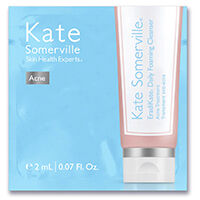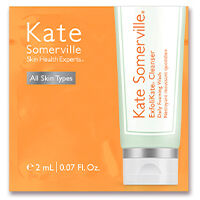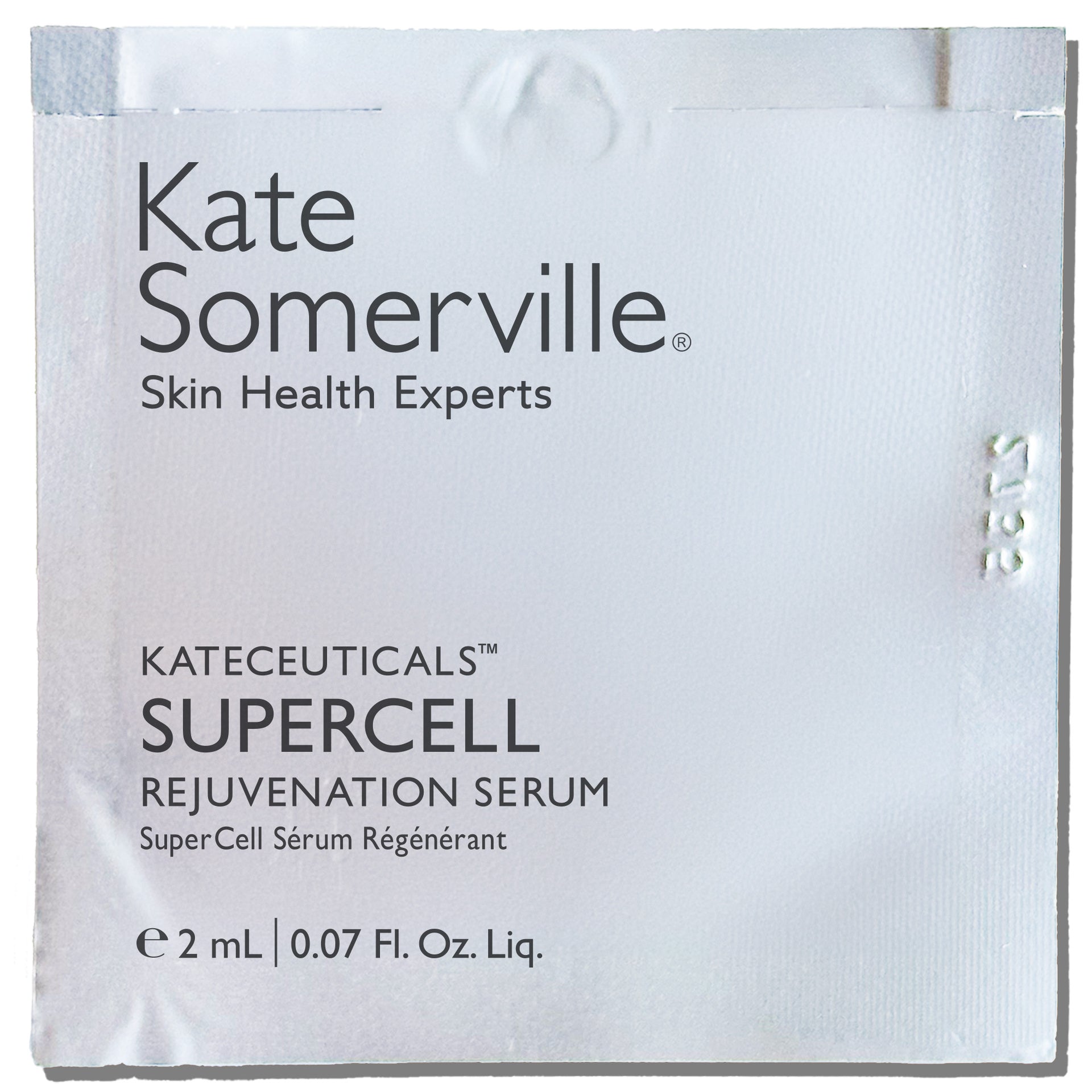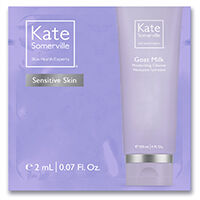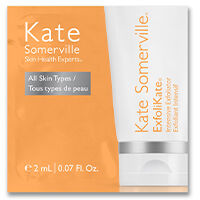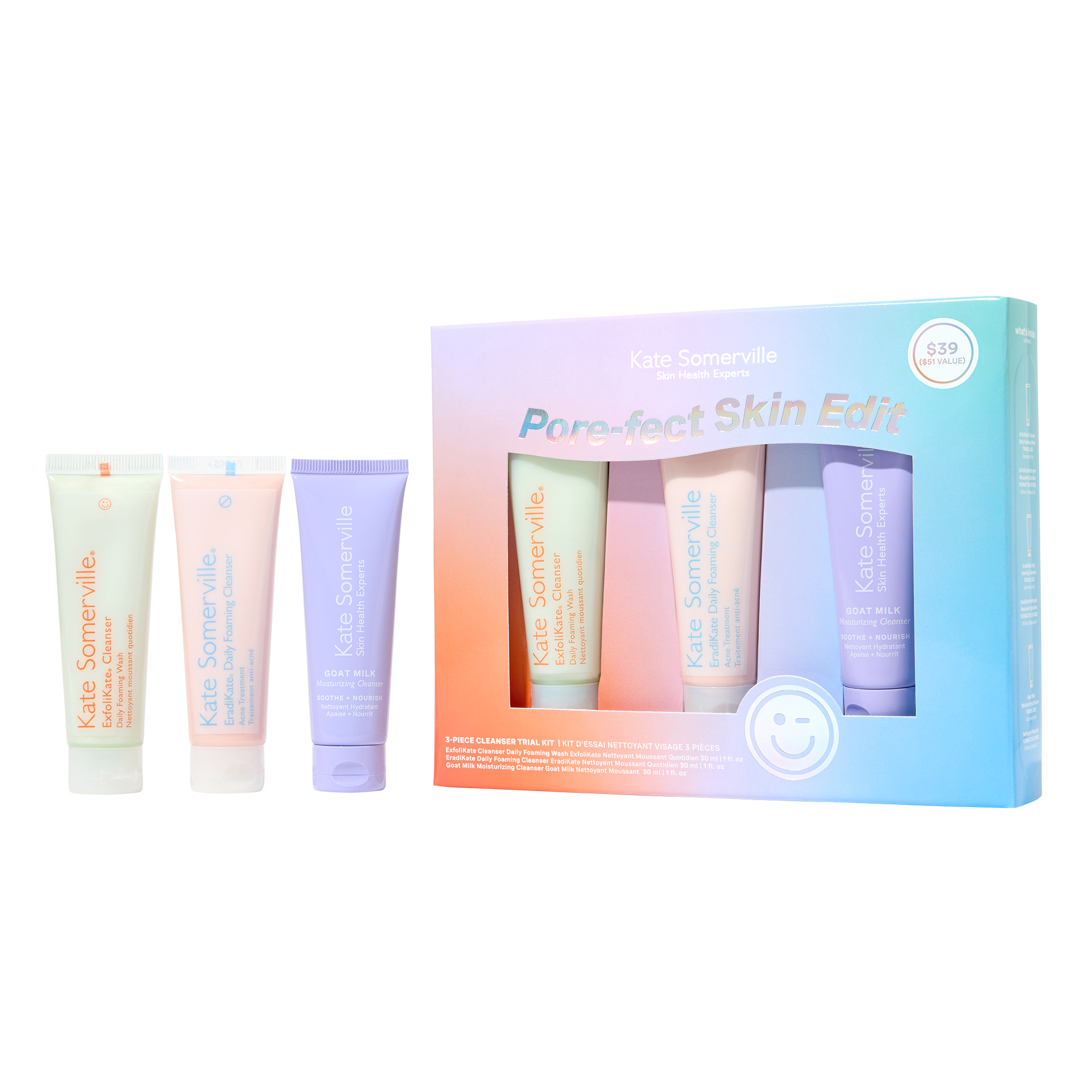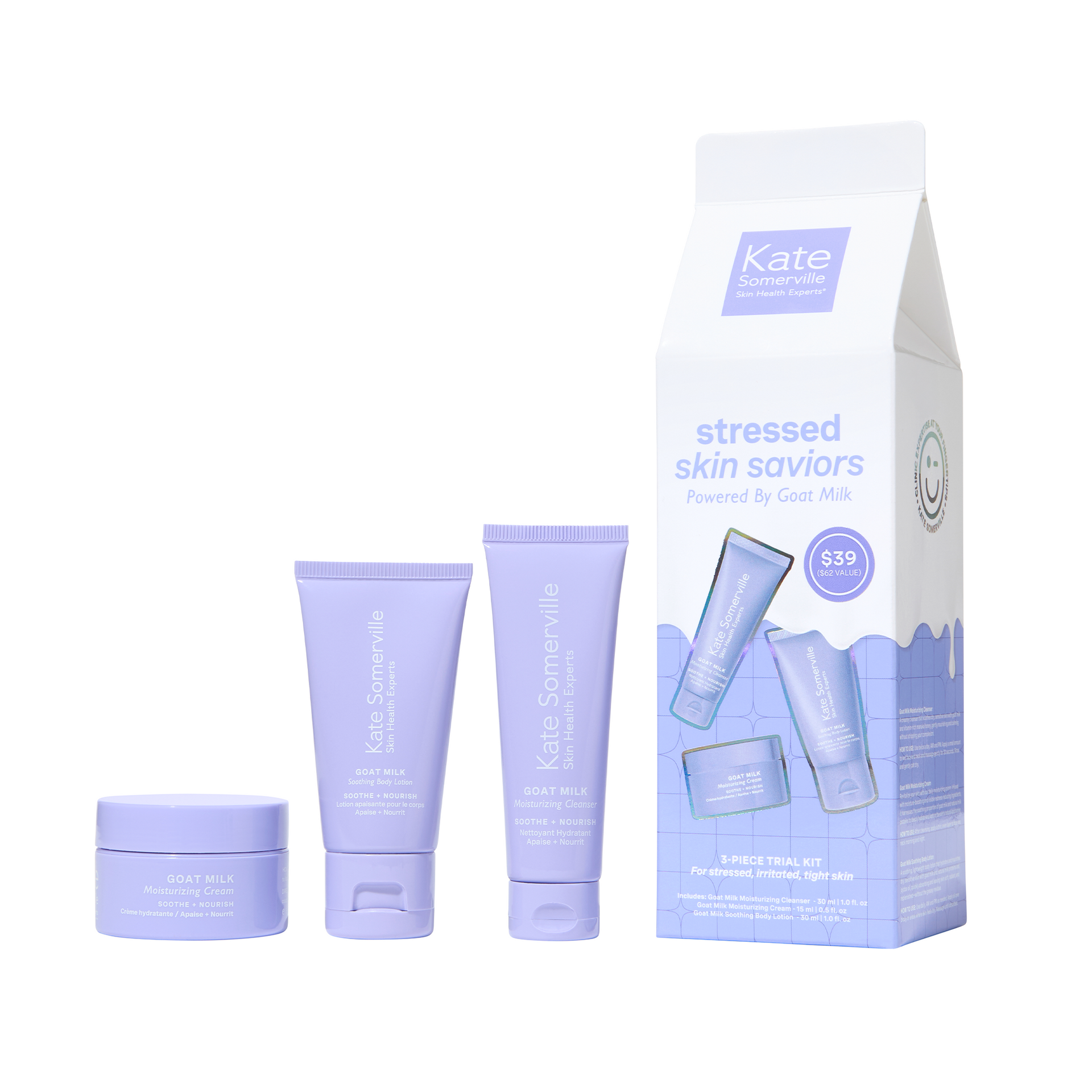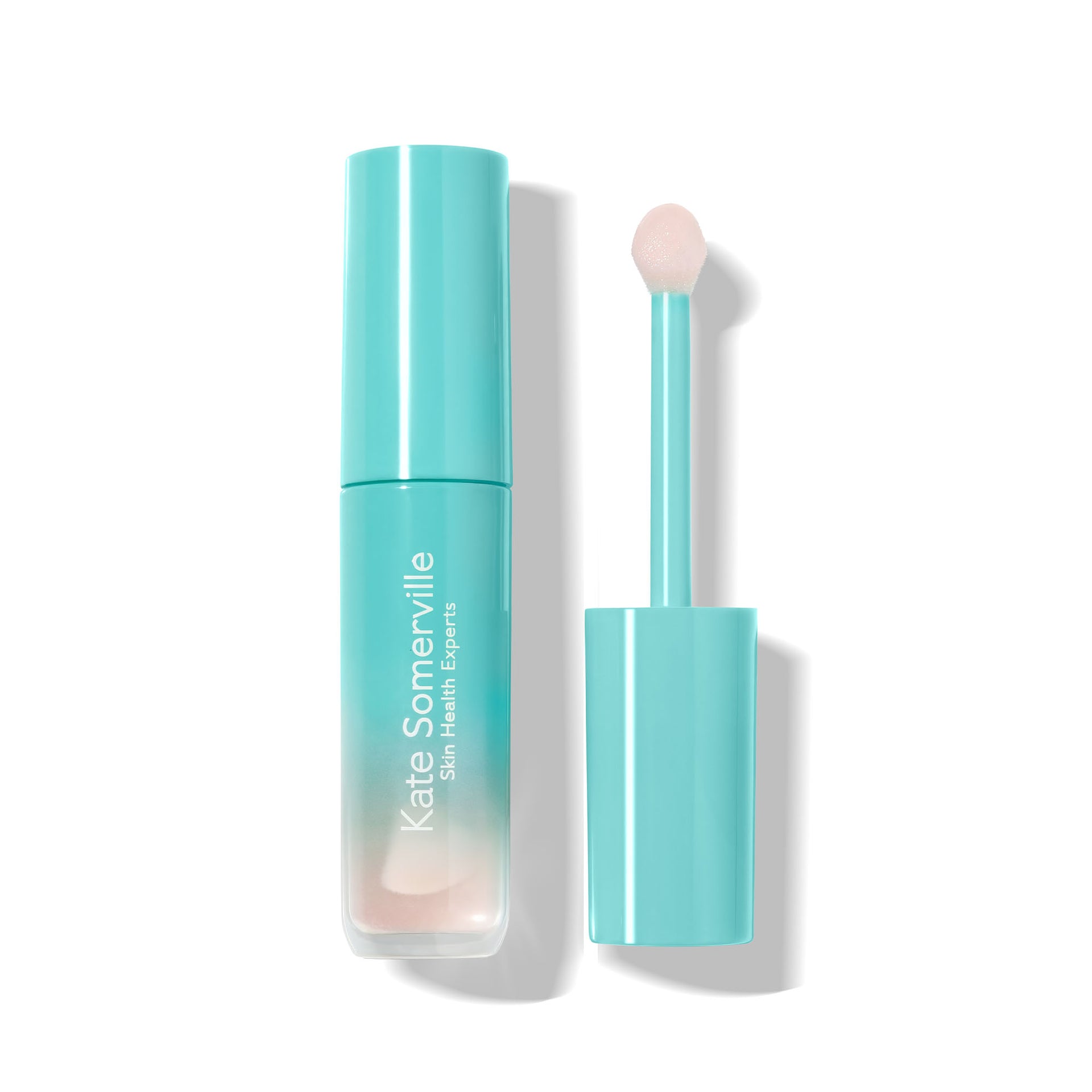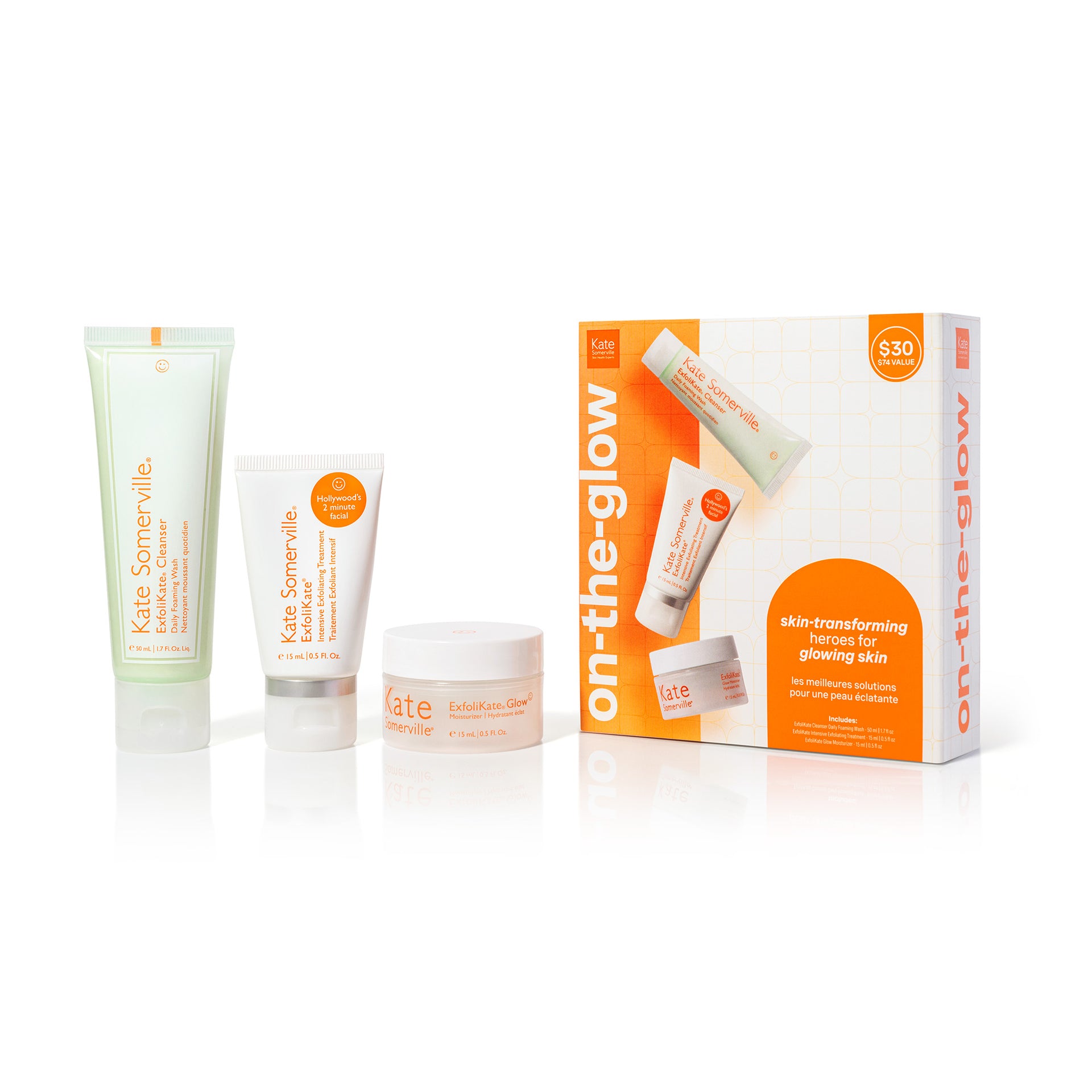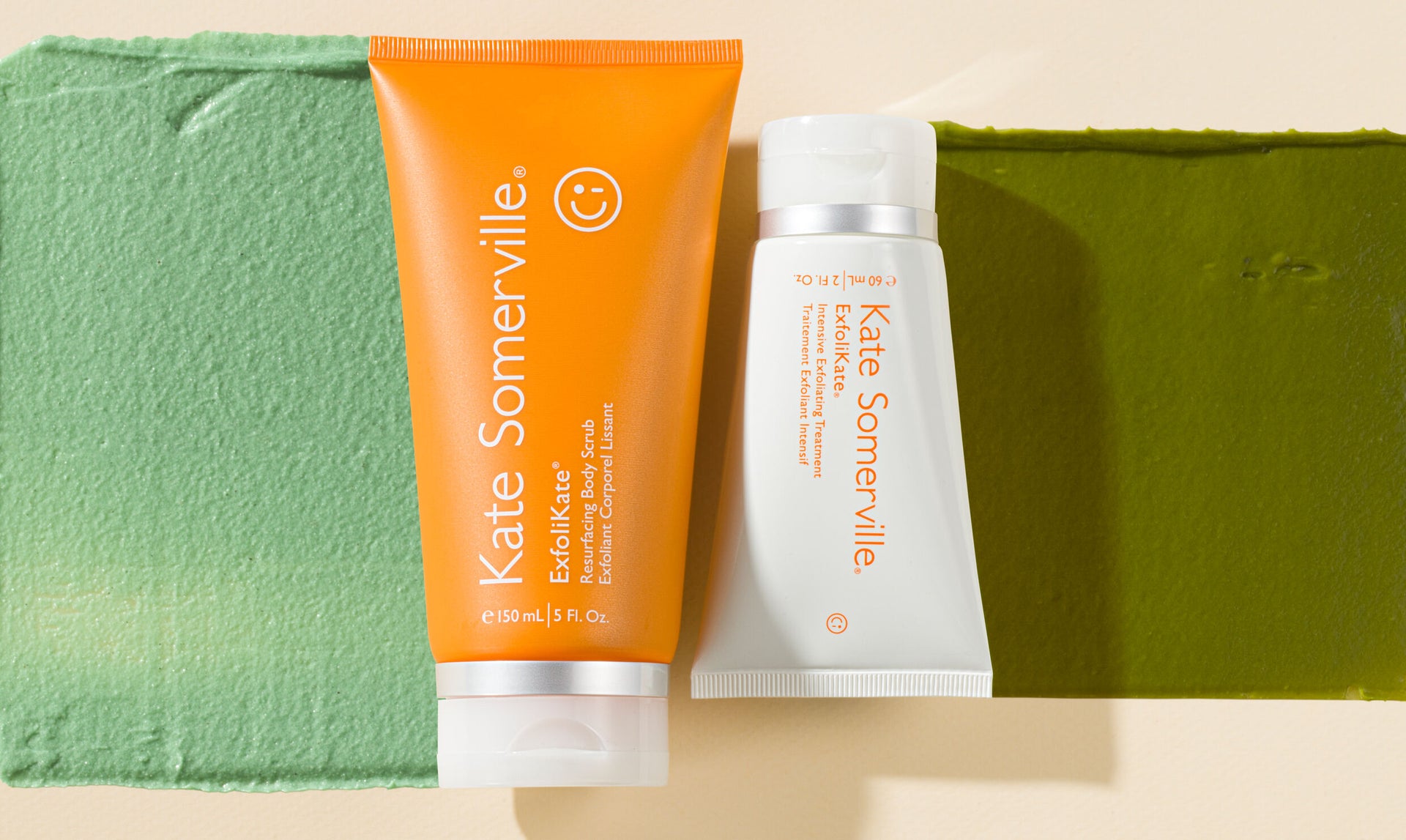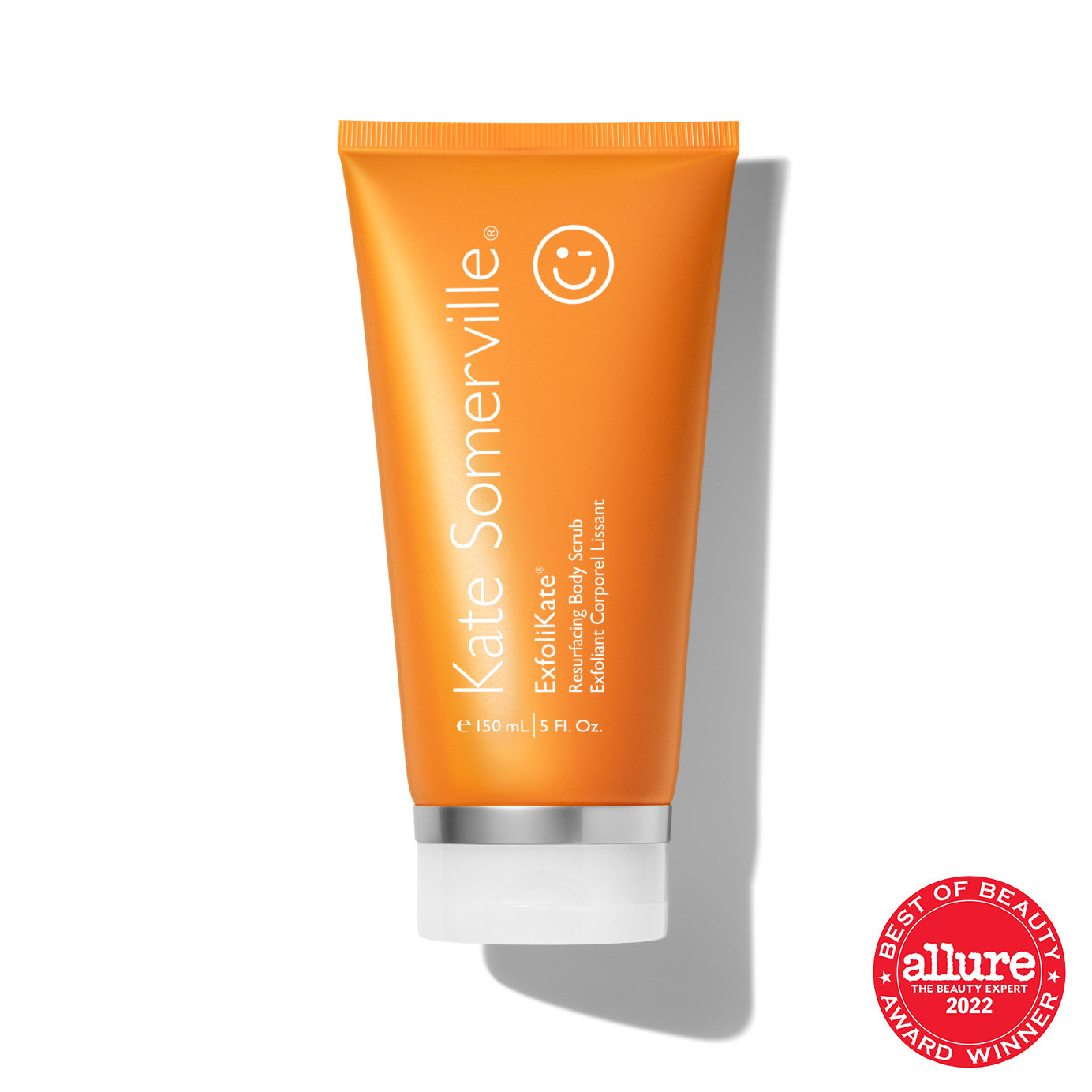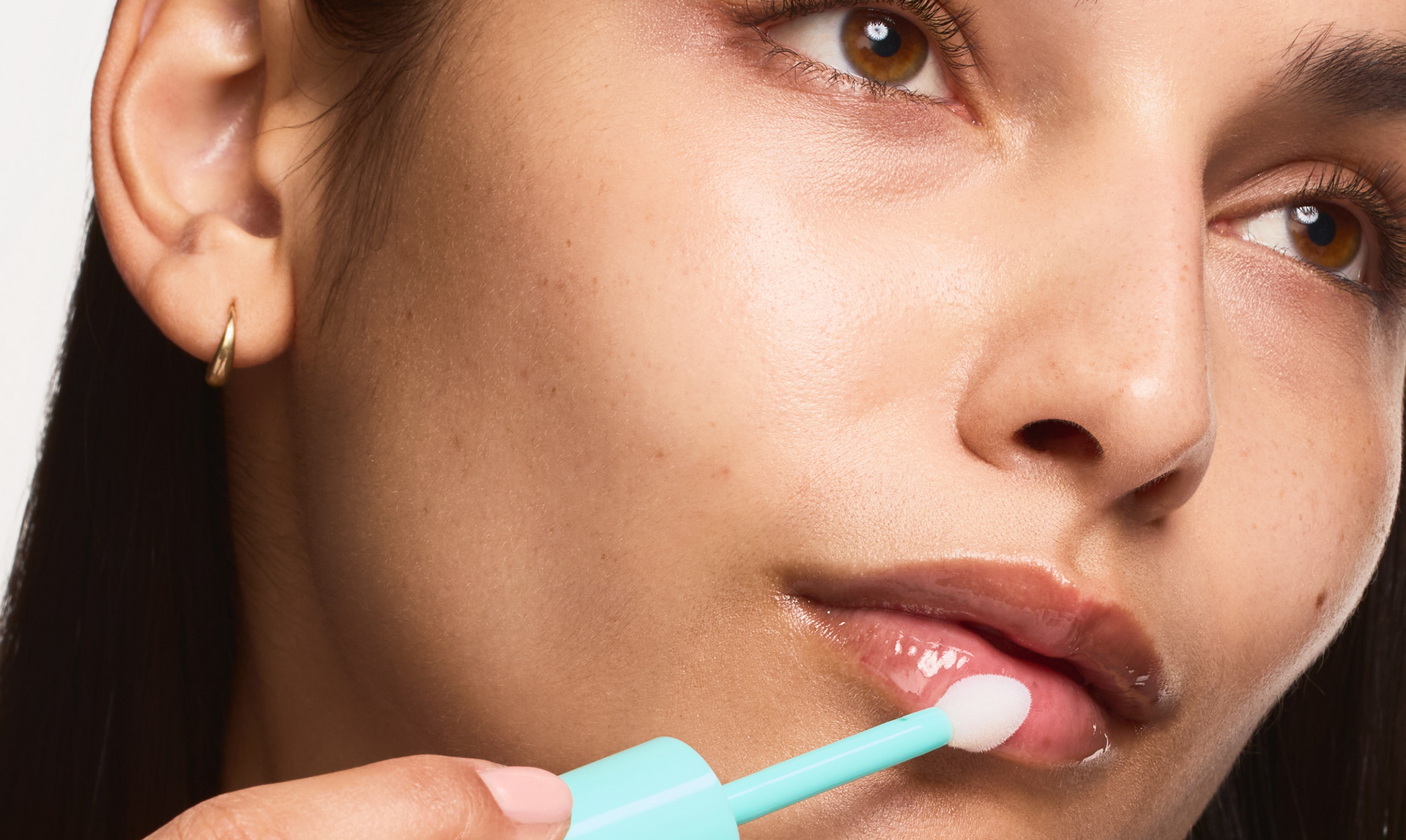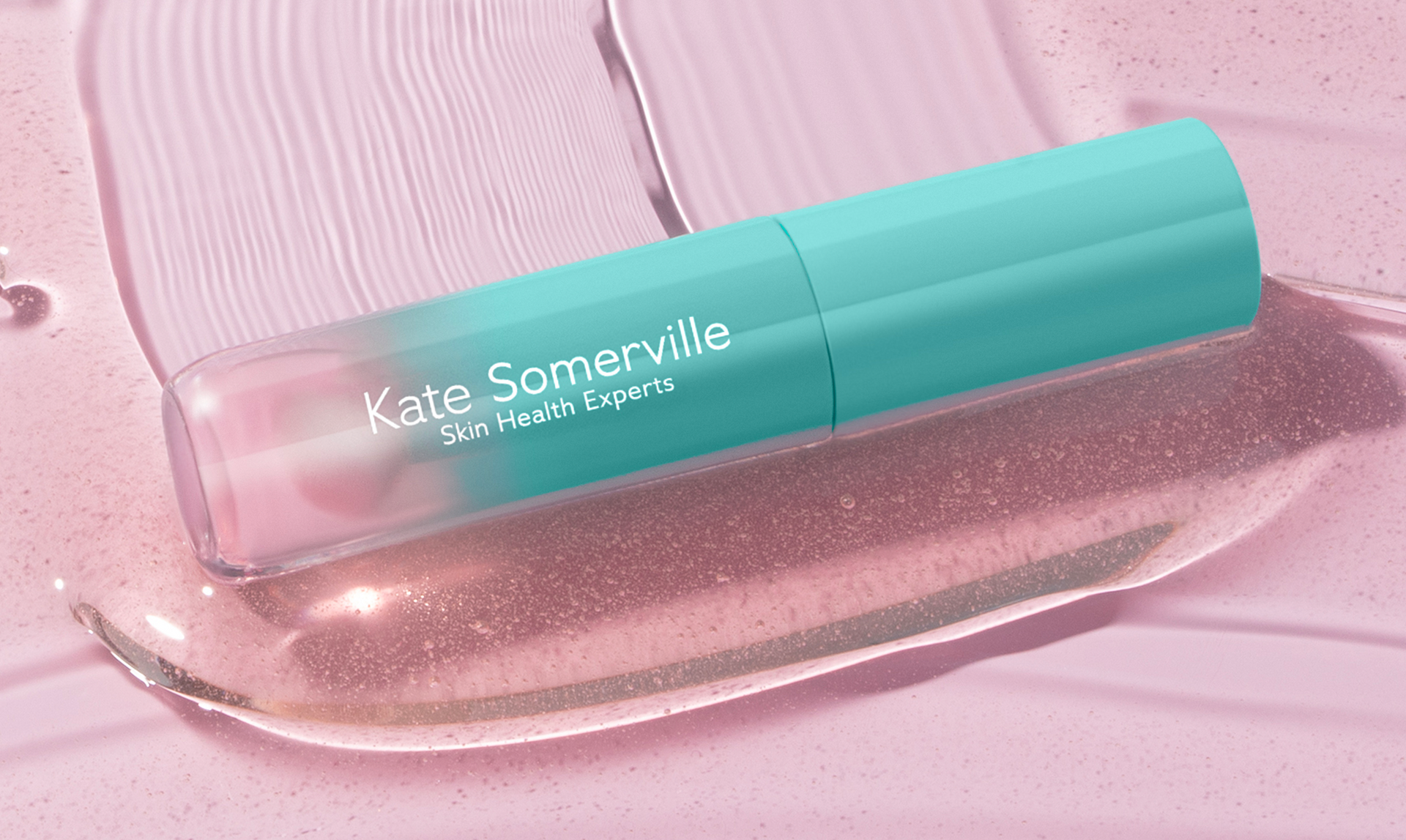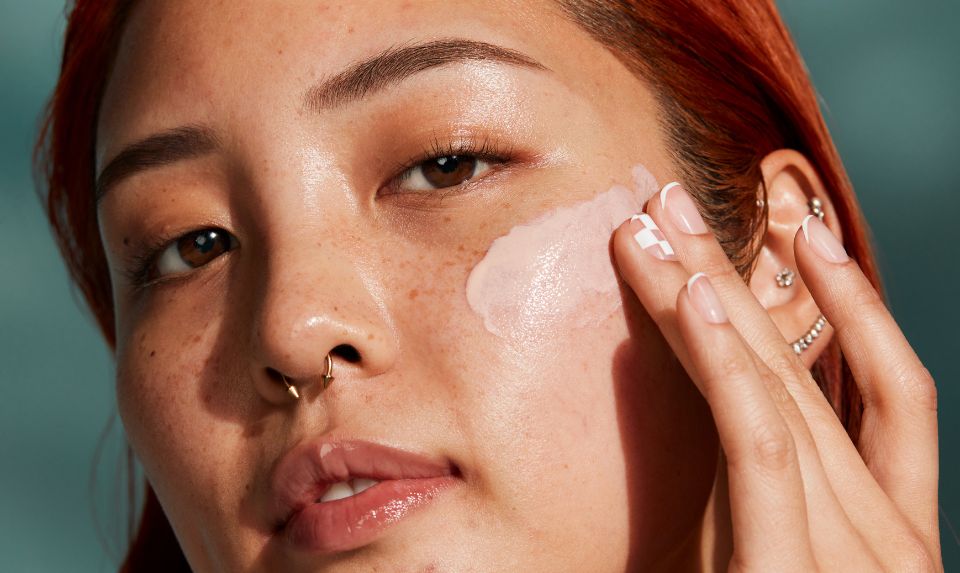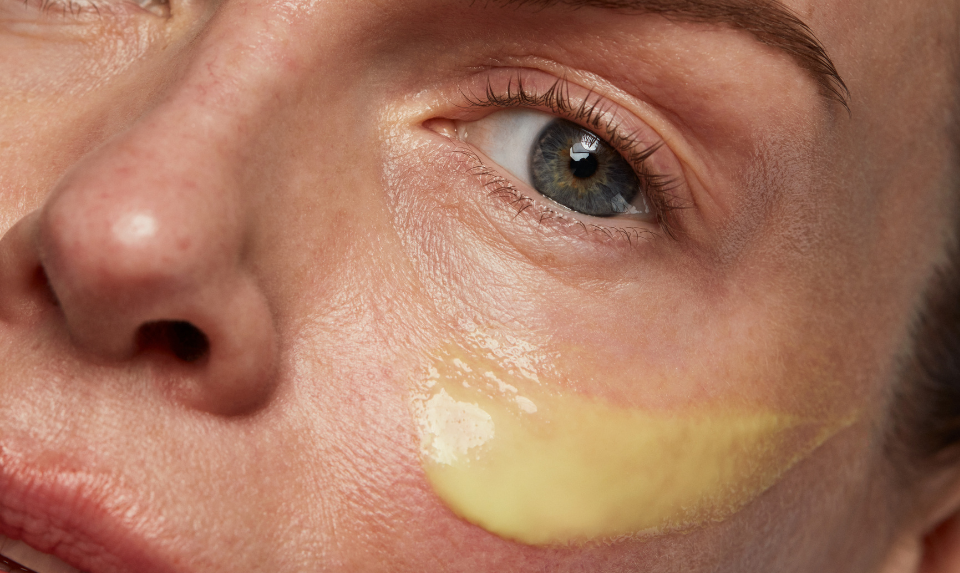Keratosis Pilaris: Treatments, Causes, and Symptoms
From rosacea to sunburn, most of us have found ourselves with a skin condition at some point in our lives (and it isn’t always pleasant). In addition to the well-known ones, there are a lot of other skin conditions that are more common than you think.
Take keratosis pilaris, for example. It’s so prevalent that many doctors consider it a skin type rather than a condition. Although it’s harmless, many teenagers and adults who experience the small, frustrating bumps on their skin are more than happy to try methods to treat their symptoms.
If you’re suffering from keratosis pilaris, there’s a light at the end of the tunnel. Whether it’s using products at home or visiting a skin care clinic, there’s several keratosis pilaris treatments available. In this guide, we cover some of the symptoms associated with the condition, discuss what could be causing it, and offer some treatments for keratosis pilaris to ease your symptoms.
What Causes Keratosis Pilaris?
Keratosis pilaris is more than just rough skin. This common skin condition is caused by a buildup of keratin, the protein that makes your hair, nails, and skin. Dry skin can also exacerbate this condition.
When too much keratin sits on top of the hair follicle, it blocks the follicle’s opening, causing a bump above it. When hundreds of hair follicles become blocked by the keratin, keratosis pilaris can occur, which is how the condition earned its name. It’s also similar to strawberry skin, but keratosis pilaris is caused by genetics.
What Are Symptoms of Keratosis Pilaris?
The first step to treating this condition is determining whether or not you have it. The biggest giveaway are small, raised discolored bumps on your skin (not to be confused with strawberry skin, which are often darker in color) that are commonly found on the upper arms, legs, or on your (ahem) derriere.
If you said yes, that’s me to the above indicator, there are a couple of other symptoms to look for as well, including:
- Itchy skin
- Dry skin
- Rough skin where bumpy patches persist
- Noticeably worse bumps during colder or dryer months
Although you may have self-diagnosed yourself with our checklist, the best way to determine if you have keratosis pilaris is by seeing a dermatologist, as other conditions have similar symptoms. A dermatologist can look at the bumps on your skin and quickly determine whether or not you have it.
At-Home Keratosis Pilaris Treatments
Although at-home treatments won’t completely get rid of the bumps on your skin, they can treat the symptoms and possibly diminish their appearance. Below are some simple, yet effective treatment options we’ve rustled up for you to try:
Moisturizers
Many dermatologists agree that dry skin worsens the symptoms of keratosis pilaris. To avoid it, find a moisturizer to keep your skin hydrated all day long. Here are some moisturizing tips to consider:
- Apply lotion multiple times each day, specifically to affected areas of your bumpy skin.
- Put it on directly after a shower while your skin is still damp. You’re more likely to retain the excess moisture.
Skin Creams
Considering there are plenty of skin care products in the market, you can narrow your search by looking for creams rich in Vitamin A. What Vitamin A does is boost cell turnover and prevent clogged hair follicles. Some vitamin A creams include topical retinoid. (Note: Before using any topical retinoid, make sure to test a small portion on your skin first before committing to this treatment option.) Aside from vitamin A, you can also look for skin care products with lactic acid, alpha hydroxy acid, and salicylic acid.
Exfoliators
Exfoliation is the process to remove dead skin from the body. Since keratosis pilaris is caused by a buildup of keratin, exfoliation can make a big difference. Not only will it feel positively wonderful to get rid of the dead skin on your body (hello, fresh new super soft skin) but it can help clear out some of the excess keratin buildup, which might also make your bumps less noticeable.
If you’re interested in body exfoliation, here are a few different methods:
- Dry brush
- Exfoliating body scrub
- Chemical exfoliator
Our ExfoliKate® Resurfacing Body Scrub is made with a combination of pumice and lactic and salicylic acid to remove the rough external layer of skin. This paves the way for new, fresh cells to make their debut. After one week, 97% of users said it improved rough patches on their skin.
Although you only need it three times a week, it’ll quickly become the most relaxing and enjoyable part of your shower routine. So take a stand.
Gentle Skincare
Many people with keratosis pilaris learn that the affected areas of their skin are quite sensitive. If you find that that you have sensitive skin, here are a few general tips you can add to your daily routine to prevent irritation:
- Keep your shower or temperature at a comfortable, warm level and avoid water that is too hot.
- Use a humidifier to keep the air (and therefore your skin) hydrated.
- Take shorter showers—15 minutes, tops—as they can dry out your skin.
Say Hello to Your Skin’s New Favorite Treat: Kate Somerville
Although keratosis pilaris usually dissipates with time, why wait until then? At-home treatments can alleviate your symptoms and give you back the confidence to wear that new sleeveless top that’s been whispering your name every time you open the closet.
If you’re ready to take matters into your own hands, our Skin Health Experts can help you jump-start your journey to smoother skin.
Suds up, scrub off, and become one step closer to the skin you deserve.
Sources:
Cleveland Clinic. Keratosis Pilaris. https://my.clevelandclinic.org/health/diseases/17758-keratosis-pilaris
Mayo Clinic. Keratosis Pilaris. https://www.mayoclinic.org/diseases-conditions/keratosis-pilaris/symptoms-causes/syc-20351149

